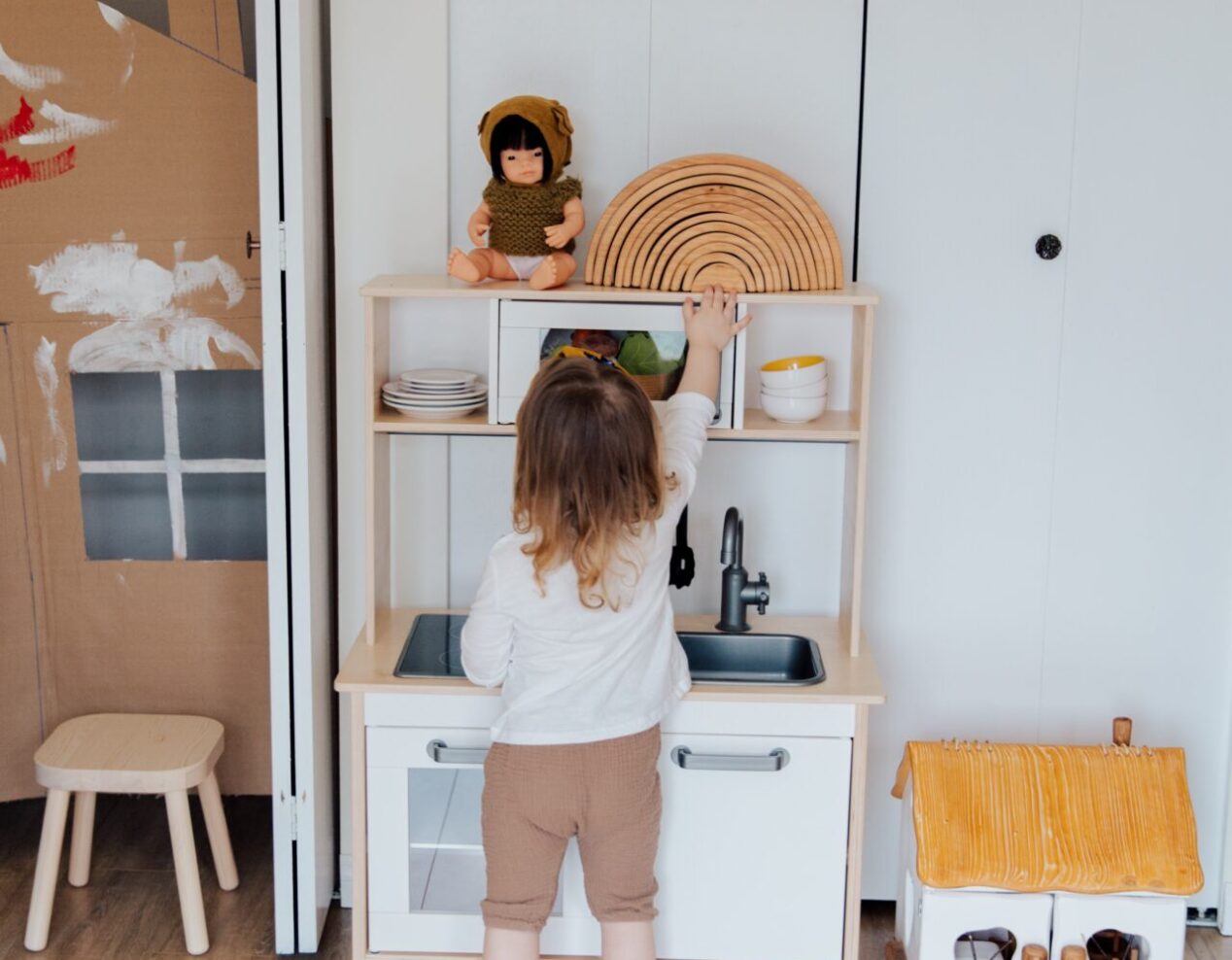Introducing your baby to the world of numbers

While many understand the significance of reading to infants, the value of early math introduction might come as a surprise. Recent studies indicate that familiarizing young minds with mathematical concepts can pave the way for academic achievements later in life. Delving into the realm of child neuroscience reveals:
“Children’s foundational number abilities, acquired during infancy and the toddler years, play a crucial role in determining their academic trajectory. Many find it astonishing to realize that these formative years offer ample opportunities to ignite the spark of mathematics.”
Here are some engaging activities to lay the foundation for mathematical thinking:
Numerical Narratives
It might seem early, but vocalizing counting exercises can be instrumental. The environment offers myriad counting opportunities. From pointing at fruits during grocery trips, pages in a storybook, morsels during meal times, to little fingers and toes – every instance can be a counting lesson.
Perceiving Portions
Present two snack portions with a 2:1 ratio, such as 2 cookies versus 1, or 4 berries against 2, and guide the baby’s attention towards the more substantial portion. Interestingly, at this age, if a cookie breaks, the fragments seem to outnumber the whole cookie in their eyes!
Beginning with Basics of Addition
Start with simple tactile exercises like touching their hands sequentially while verbalizing the count. For instance, introducing a toy for each count can offer them a tangible sense of increment.
By the age of two, toddlers often start mimicking counting rituals, voicing numbers while pointing. This imitation might lack the accurate association between quantities and their numerical counterparts.
However, as they approach three or four years, they’ll start grasping the principle of “one-to-one correspondence.” This understanding implies that one toy corresponds to the numeral one, and so forth.
Sizing Things Up
To acquaint them with size distinctions like “large” and “small,” present contrasting objects that share similarities except for their sizes. Examples include a grapefruit versus a mandarin, a spacious rubber ball alongside a compact one, or contrasting spoons. Comparing the stature of a toddler to an older sibling can also be enlightening!
Pattern Play
Patterns are repetitive sequences that lay the groundwork for advanced mathematical comprehension. Expose the baby to patterns to cultivate an understanding of sequences and predictive thinking.
Introduce them to auditory and tactile patterns, like rhythmic sounds produced by a toy drum or a sequence of light taps. Altering the rhythm periodically helps them discern patterns, associating sounds and sequences, forming the building blocks of number comprehension.



